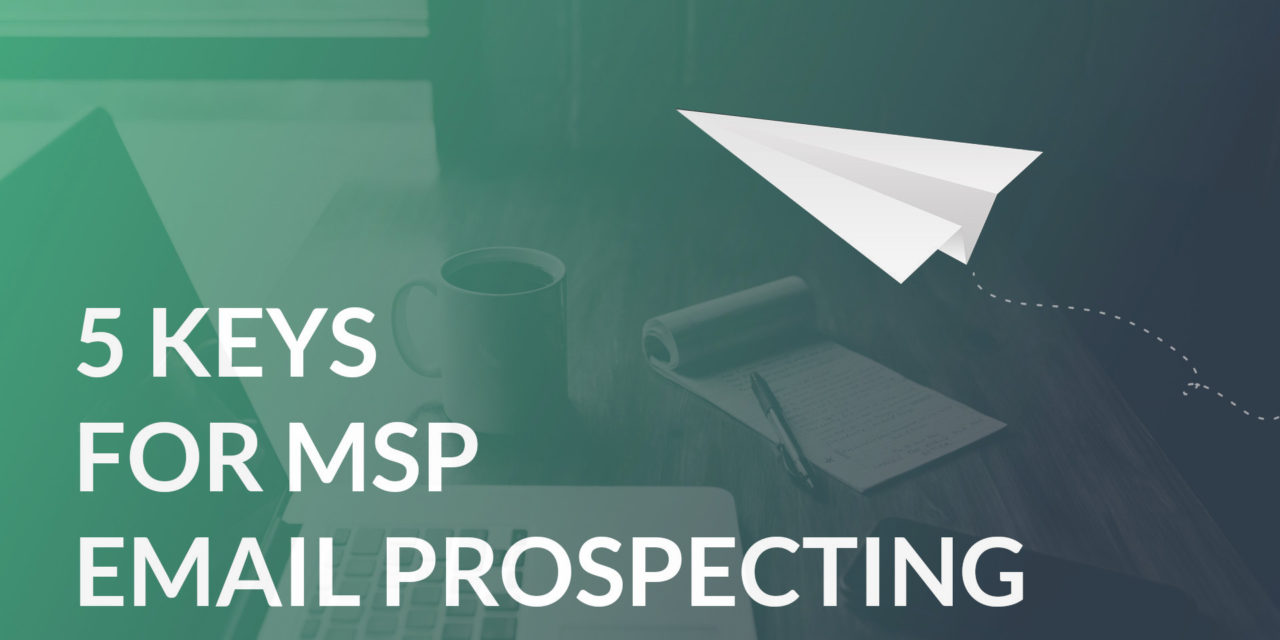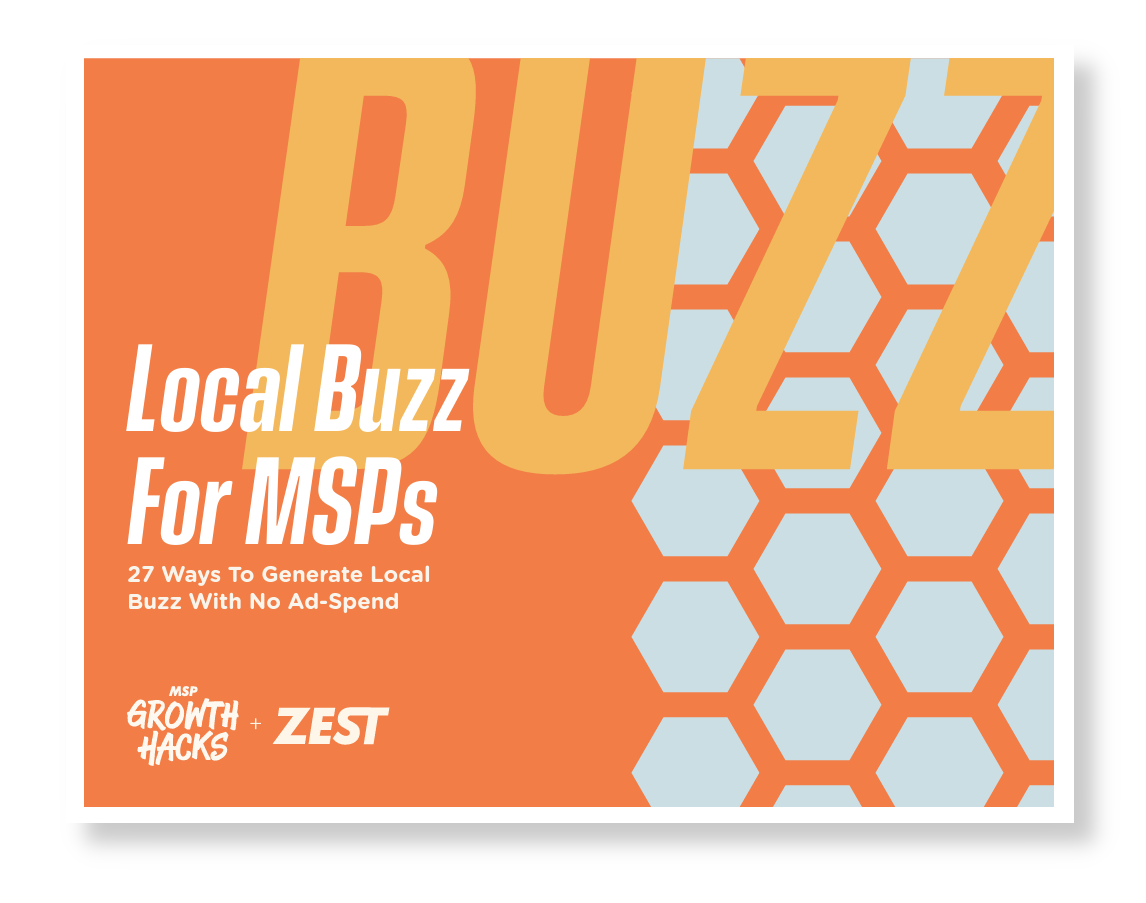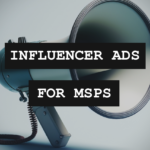Sometimes I feel like a new piece of marketing tech comes out every day. Between channels like SMS, video, chatbots, and more, it can be overwhelming trying to nail down the best strategy to nurture your prospects. While all these new channels have merit and should be taken seriously, I still believe that email is one of the best prospect nurturing tools available. Why? One word: visibility.
CRO platform Optimonster reports that 92% of adults use email, and 99% of those users check their email at least once per day. Pretty incredible, right? That kind of visibility is still relatively unmatched, despite email’s reputation as an “antiquated” marketing channel.
All this said, visibility on its own isn’t enough to nurture a prospect. What good does it do you if the prospect sees they got an email from you, opens it, scans it, then sends it to the trash? Worse yet, what if they don’t open it at all? To get true value out of your prospect email nurturing efforts in 2021, you need to drive real engagement. Here are 5 ways to do just that.
1. Stick to Plaintext
I sincerely believe that design is the most impactful element of marketing, hands down. Give me a well-designed landing page with so-so copy over the alternative any day. That said, there is a time and place for design, and B2B emails aren’t it.
B2B emails should appear as personalized and direct as possible. Your prospects are used to seeing designed (i.e. “HTML”) emails in the context of B2C marketing, so they will automatically associate any HTML B2B emails the same way. Do you open and read every B2C marketing email you receive? I sure hope not. Neither do your prospects.
This HubSpot study states that while 64% of people say they prefer HTML emails over plaintext, the majority of people respond much better to plaintext. HTML emails also received 51% less engagement than their plaintext counterparts, on average. Another important detail to highlight is the deliverability factor of HTML vs plaintext emails. HubSpot found that simply adding a few GIFs to an email reduced the open rate by nearly 40%. Why? HTML emails are used much more frequently for spam, so email platforms like Outlook and Gmail will categorize them differently than they will plaintext emails. Whether the HTML emails are being flagged as spam or just being labeled differently (think Gmail’s “Promotions” tab), they are much less likely to be seen and opened by the recipient. Sending a plaintext email almost guarantees that it will be delivered properly to the recipient’s primary inbox.
Local Buzz For MSPs: 27 Ways To Generate Buzz w/ No Ad-Spend
Sponsored by ZEST
2. Personalize, Personalize, Personalize
It can be very easy for marketers to fall into the trap of hyper-focusing on quantity. KPI’s like “leads generated”, “emails opened”, and “website traffic” consume much of our strategies. But when it comes to prospect email nurturing campaigns, this approach needs to be abandoned. The focus needs to be on quality, not quantity.
What do I mean by this? Take a look at these two emails. For the sake of the example, let’s assume your name is “Jane Doe” and you’re the Office Admin at a local law firm: Smith Law.
Email A
Subject Line: “Check Out This Great Ebook!”
Body:
“Good afternoon –
We just completed a new ebook that I think you’ll gain a lot of value from. It’s called “5 Signs Your Law Firm Needs a New MSP” and you can access it here. I hope you enjoy it!”
Email B
Subject Line: “An Ebook for Jane and the Smith Law Team”
Body:
“Jane –
It was great speaking with you last week! I recall you mentioning that you and the rest of the Smith Law admin team had some concerns regarding your current MSP, so I wanted to pass along this ebook that we just finished up. I think it will provide a lot of clarity and value to your situation. It’s called “5 Signs Your Law Firm Needs a New MSP”, and you can access it here. I hope you enjoy it!
Looking forward to connecting again next week.”
Many marketers would feel inclined to lean toward sending Email A because it is general/vague enough to be sent to a large audience. In all reality, you could send this email to any law firm in the world. You could then report that the most recent email campaign was opened by more than 1,000 people! That’s great, right? Not exactly.
While Email A might generate quantity in terms of opens and clicks, it’s unlikely that the level of engagement would go much further than that. Is Jane going to respond to that email and start a dialogue? Most likely not. The content appears one-sided and like it’s being said “at” her, plus there is no personalization whatsoever. In the same way that you would not respond to a general B2C email blast from your favorite ecommerce brand, your prospect is unlikely to respond to a vague, general email blast that isn’t personalized to them.
On the other hand, Email B is incredibly personalized. It mentions the recipient’s name, position, organization, and even highlights a real discussion the sender had with them. While this email would be impossible to send to more than one person due to its specificity, the chances of Jane opening, engaging with, and responding to this email are infinitely higher than Email A. At the end of the day, isn’t that what we want? Generating opens and clicks is easy. It’s getting valuable engagement that’s difficult. If you aren’t already, I recommend you start shifting your focus away from KPIs like opens and clicks and start taking a more 1-to-1, personalized approach to prospect email nurturing. After all, signing five new accounts is more valuable than generating 10,000 email opens.
3. Provide Real Value
Personalization is crucial to driving engagement from email nurturing, but it’s a moot point if you aren’t providing real value to your prospects. What do I mean by “real value”? In essence, I’m saying to give things away for free.
You have to remember that your prospects are getting contacted daily by dozens of other organizations just like yours. Because of this, value-adds like free ebooks, free quotes, and free assessments won’t allow you to stand out. Every MSP under the sun offers these! If you want to stand out and earn their attention, you have to provide even more value.
Want to know if your offer is truly valuable? Ask yourself: “Do I feel like I should be charging them for this?” If the answer is “yes”, then you’re providing real value. If the answer is “no”, chances are you’re offering them something that 100 other MSPs have already offered them this month. By nature, that means it isn’t valuable.
Much like my point on personalization above, the greatest value you can provide to a prospect is personalized value. Maybe they shared with you that they were having issues with their printers and their current MSP hasn’t been responsive to the ticket. Offer to send out an engineer today to take a look, free of charge! While it might cause you to miss out on a bit of potential revenue today, displaying your MSP’s focus on customer service will greatly increase your chance of earning their business. After all, would you rather have $500 today or $30,000 next year? This one-two punch of personalization and real value will skyrocket your odds of earning their business and will shorten the sales cycle, guaranteed.
Local Buzz For MSPs: 27 Ways To Generate Buzz w/ No Ad-Spend
Sponsored by ZEST
4. Monitor Engagement with Automation
Even with an A+ email marketing strategy, you can’t expect your prospects to respond to every email and tell you exactly what they’re thinking/feeling. That would be too easy! That’s why you need to leverage technology to craft the story for you.
If your MSP isn’t using a marketing automation platform like Pardot or HubSpot to track the engagement of your prospects past opens and clicks, you’re missing out on crucial data. Simple automations that tell you how a prospect engaged with your site or whether or not they engaged with the content you sent them can be the difference between winning and losing the opportunity. After all, how can you provide value and personalization when you don’t have any information on how they’re engaging with your brand behind the scenes?
Let’s revisit our Jane Doe example from point #2 above. You send Jane a personalized email with a high-value piece of content that’s hyper-relevant to a pain point she identified in a conversation with you last week. That’s a great first step! But what happens next?
If you aren’t leveraging a marketing automation platform, you’re completely in the dark as to how Jane engaged with/reacted to this email. Sure, you might be able to see whether or not she opened it, but that doesn’t tell you much. Now you’re left guessing whether she got value from the content (or whether she even saw it at all). Maybe you follow-up a week later to confirm she saw it, but that’s about it. This kind of approach is where sales opportunities go to die.
With a marketing automation platform in place, you’d easily be able to see important data like whether Jane opened the content, how long she looked at it, how many times she looked at it, and whether or not she visited your site since. Imagine being able to see that Jane viewed the content twice within an hour of you sending it to her, then browsed the Managed Services and Pricing pages on your site? This is incredibly valuable information! Jane is showing even more intent than you originally thought, and now you can engage with her based on this info you’ve gathered. Following up at this point with some additional information about your pricing will keep the conversation flowing and provide her with value that you otherwise wouldn’t have known she was looking for.
5. Monitor Frequency
Another way of saying “monitor frequency” is “don’t be annoying”. Data from email marketing platform Snov.io shows that nearly 50% of individuals who flagged an email as spam did it because the sender was emailing them too much. They go on to say that, of the organizations using their platform, more than 50% of them send 2-4 emails per month. Opinions on this point vary, but the consensus is that B2B organizations shouldn’t send more than one marketing email per week. Keep this in mind when marketing to your prospects via email. There is a fine line between being persistent and being annoying. Once you cross that line and are perceived as annoying, it’s very difficult to erase that perception.
To wrap up, prospect email nurturing is still as powerful of a B2B marketing/sales tool as it ever was. That said, there’s a right and wrong way to go about it. Placing more emphasis on quality over quantity through personalization and real value can greatly increase your win rate and shorten your sales cycle, and leveraging marketing automation to monitor behavior allows you to more effectively engage with the prospects in your funnel. Do your best to stick to plaintext emails and monitor your email frequency, otherwise, you run the risk of losing the opportunity altogether.
So, do you agree with these recommendations? Did I miss anything that has worked for your MSP? Let’s connect!

SPONSORED BY ZEST

















